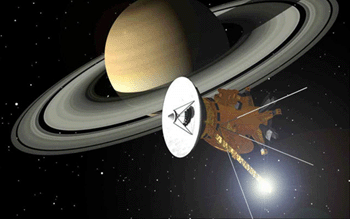Chuck Steak Marinade §
Marination is the process of soaking foods in liquid before cooking. The word alludes to the original use of brine (aqua marina) as the liquid, the ‘marinade.’ Marinades now use acids or enzymes to tenderize the tougher cuts of meat and often contain oils, herbs, and spices to flavor it. The process may last a few seconds or last for days.
Raw red meat, fish, and chicken may contain harmful bacteria which may contaminate the marinade. Marinating should therefore be done in the refrigerator to inhibit bacterial growth. The used marinade should not be made into a sauce unless rendered safe by boiling. The container used for marinating should be either glass or food-safe plastic, because metal and pottery glazes that contain lead can react with the marinade.
I have found that the following recipe is particularly good on the tougher cuts of both beef and lamb.
- ¼ cup dry red wine
- ¼ cup lemon juice
- 1 tsp garlic purée
- 1 tsp fresh rosemary leaves
- 1 tbsp low-sodium Worcestershire sauce
- 1 tsp <salt>
Mix all ingredients together in a flat dish, such as a glass pie plate. Add one pound of beef or lamb sliced ¾” thick and cover with the marinade. Cover in plastic wrap and place in the refrigerator for 6 hours before cooking. You may wish to turn the meat over periodically during marination.
Grill or sauté for 4 minutes per side on high heat. While grilling, boil the left-over marinade in a small saucepan. To serve, cut across the grain of the meat and drizzle with the sauce.
Serves 2 – 4.
|
Pizza (or Marinara) Sauce ⁑
You may ask, why should one even bother to make a pizza or marinara sauce when there are so many already available in supermarkets? My answer is that store-bought sauces almost always have added sugar, salt, and other fillers that I don’t want. I suppose there may be some that are not, but they are certainly not in my local grocery store. Besides, this one is really easy to make, low carb and low sodium pizza sauce recipe. It doesn’t even require cooking.
The red chile flakes may be omitted if your palate shuns its sensory excitement, and the EVOO may be omitted if you desire to keep calories to a minimum.
- 1 15-oz can diced tomatoes, no salt added, no sugar added
- 1 8-oz can tomato sauce, no salt added, no sugar added
- 1 6-oz can tomato paste, no salt added, no sugar added
- ¼ tsp black pepper, freshly ground
- ½ tsp red chile flakes (optional)
- 1 tsp onion powder
- 1 tsp garlic powder
- 1 tsp dried basil
- 1 tsp dried leaf oregano
- 1 tsp dried parsley
- 1 tsp <salt> (or to taste)
- 1 tbsp <sugar>
- 2 tbsp red wine vinegar
- ¼ cup extra virgin olive oil (optional)
Purée the diced tomatoes in a blender or food processor until no clumps remain. Add in the remaining ingredients and mix thoroughly. Taste and adjust the condiments, if necessary.
If the sauce is not to be used right away, store it in an airtight container in the refrigerator for up to 1 week, or freeze in ½ cup portions for when you later need it.
Yields about 4 cups.
|
